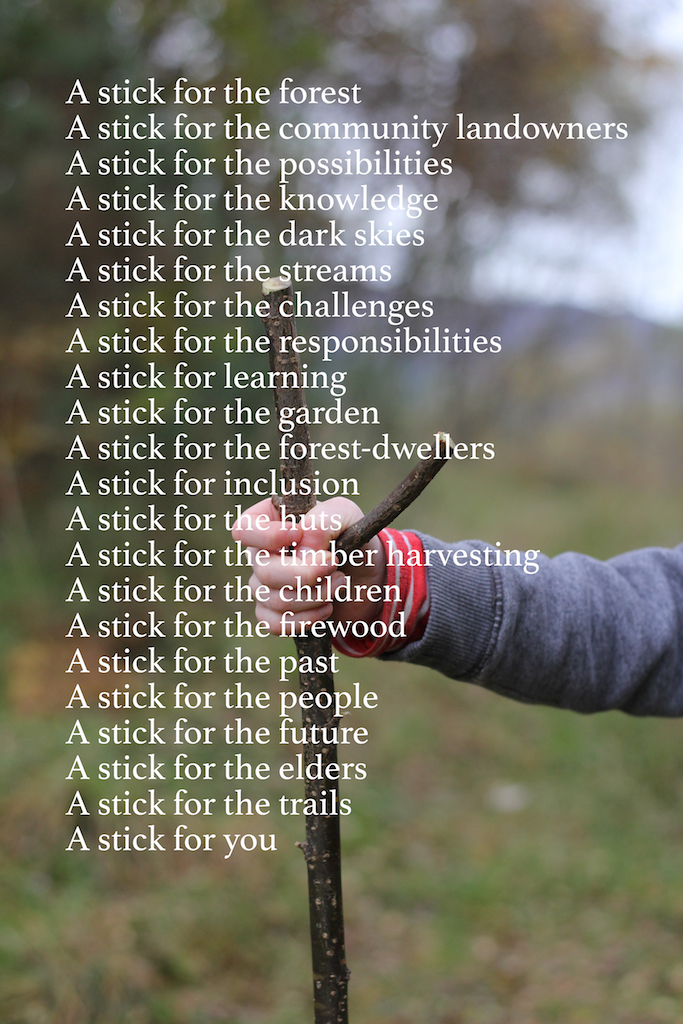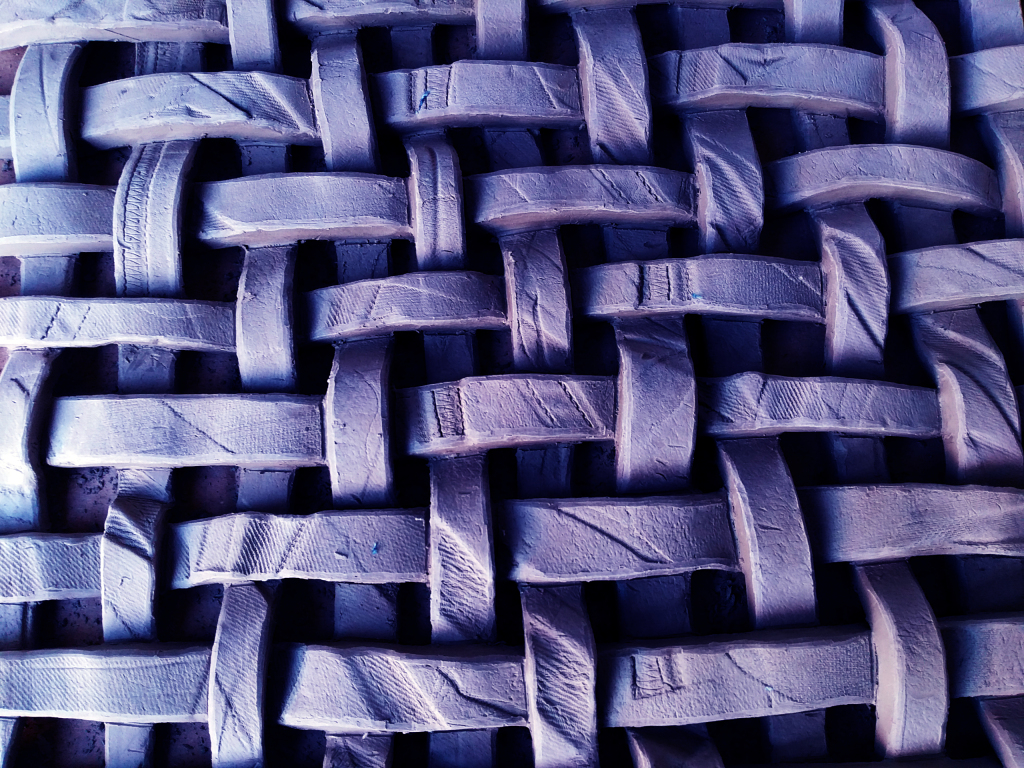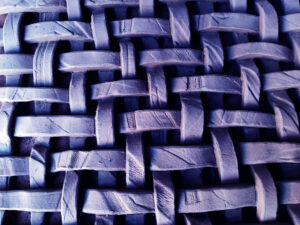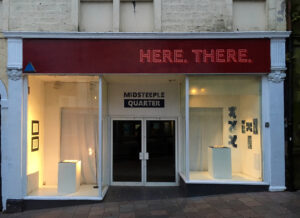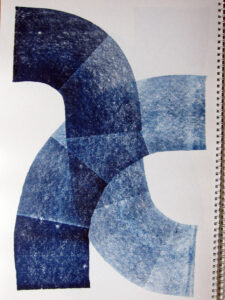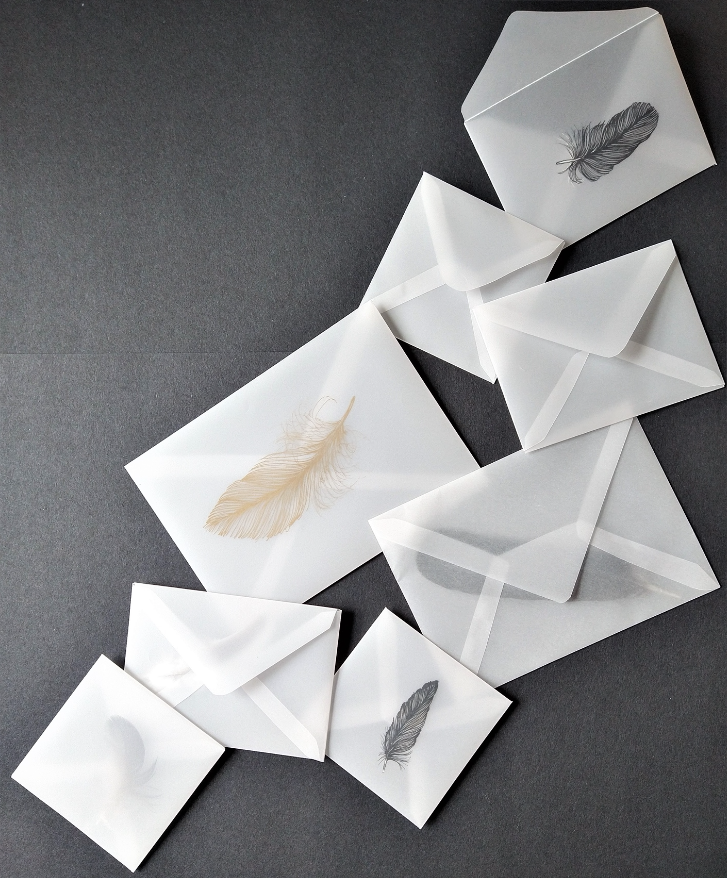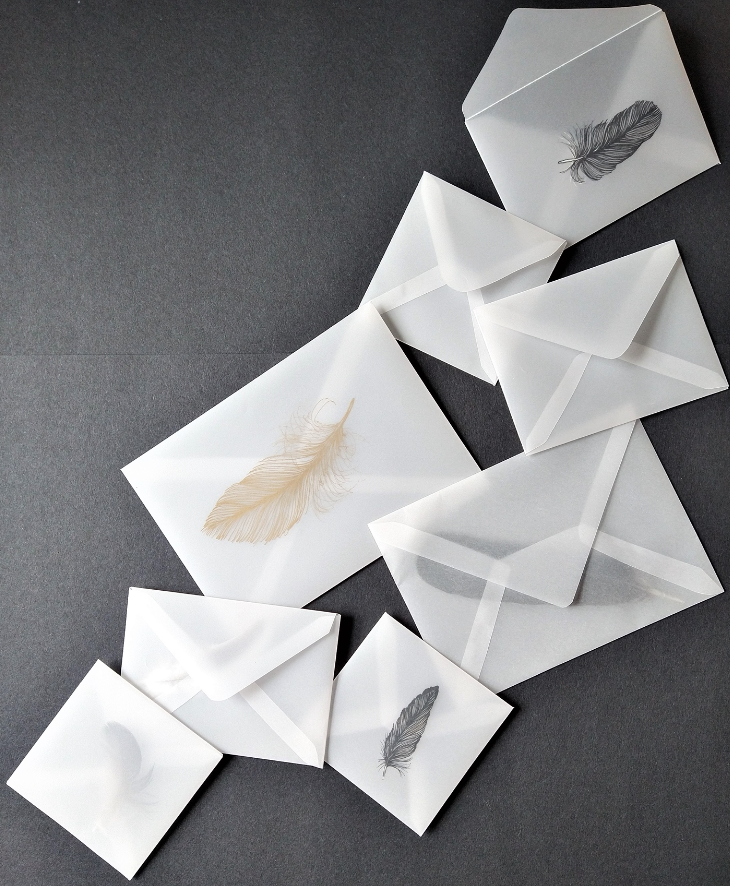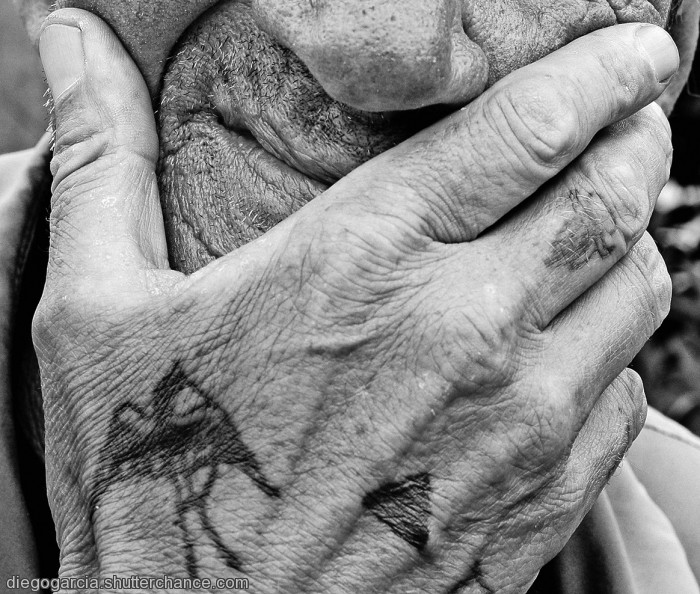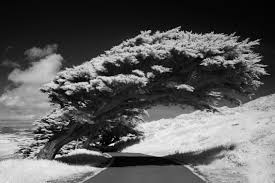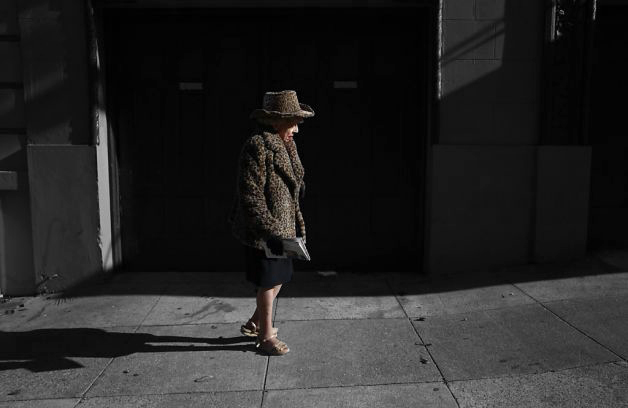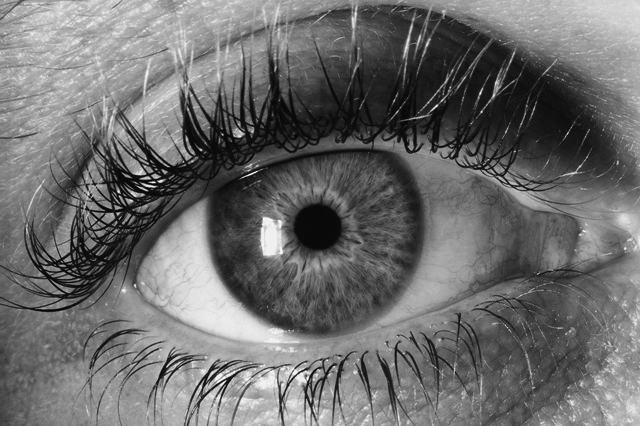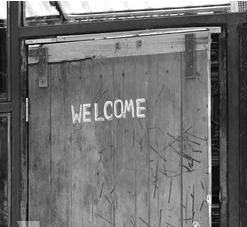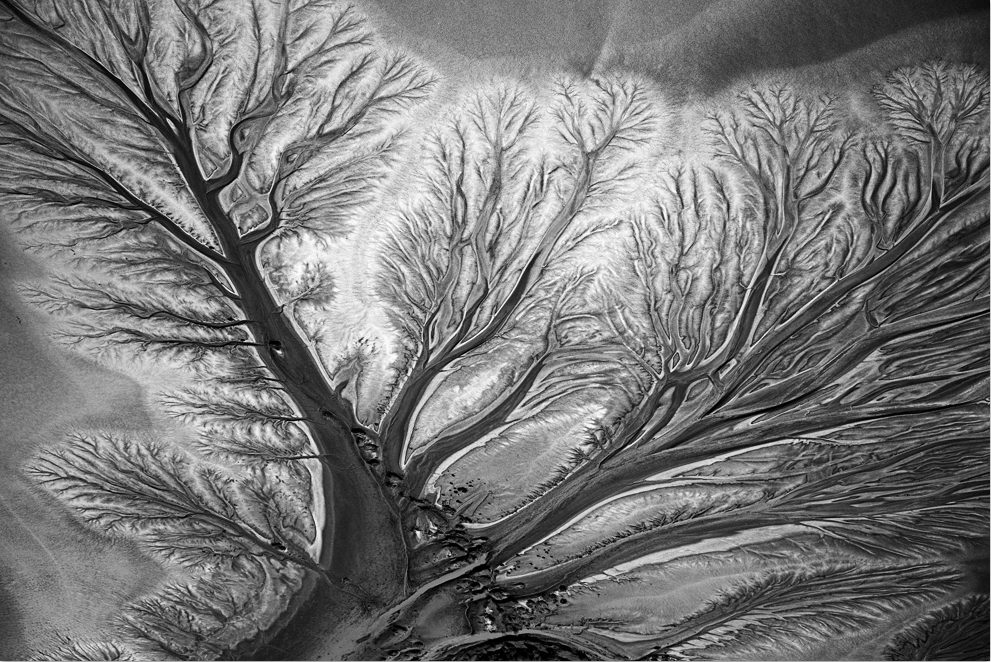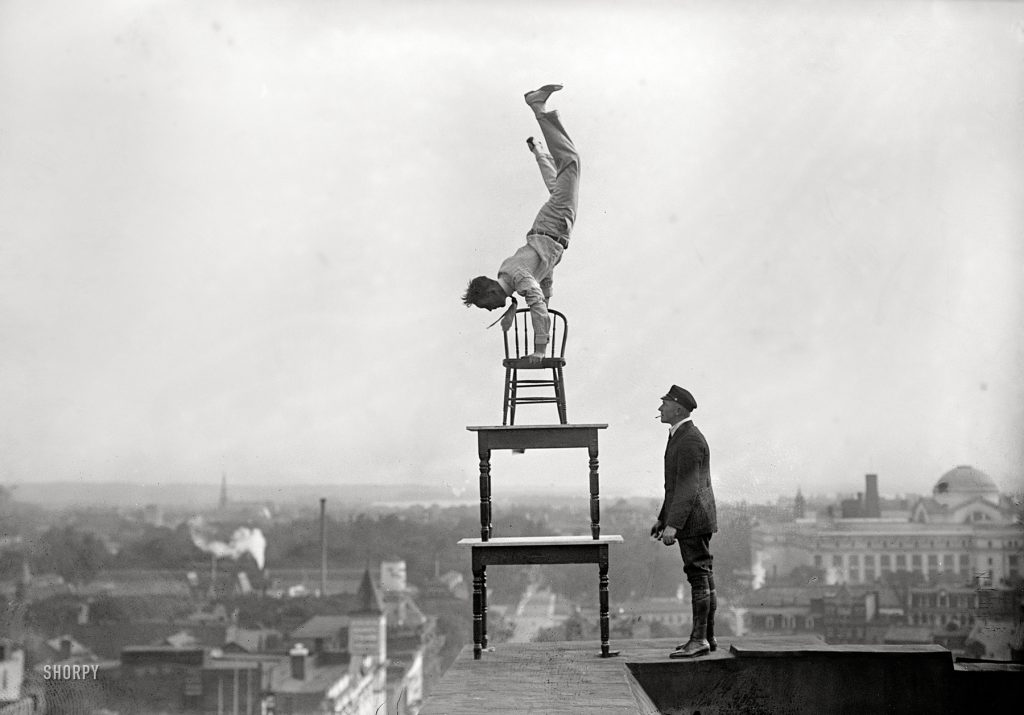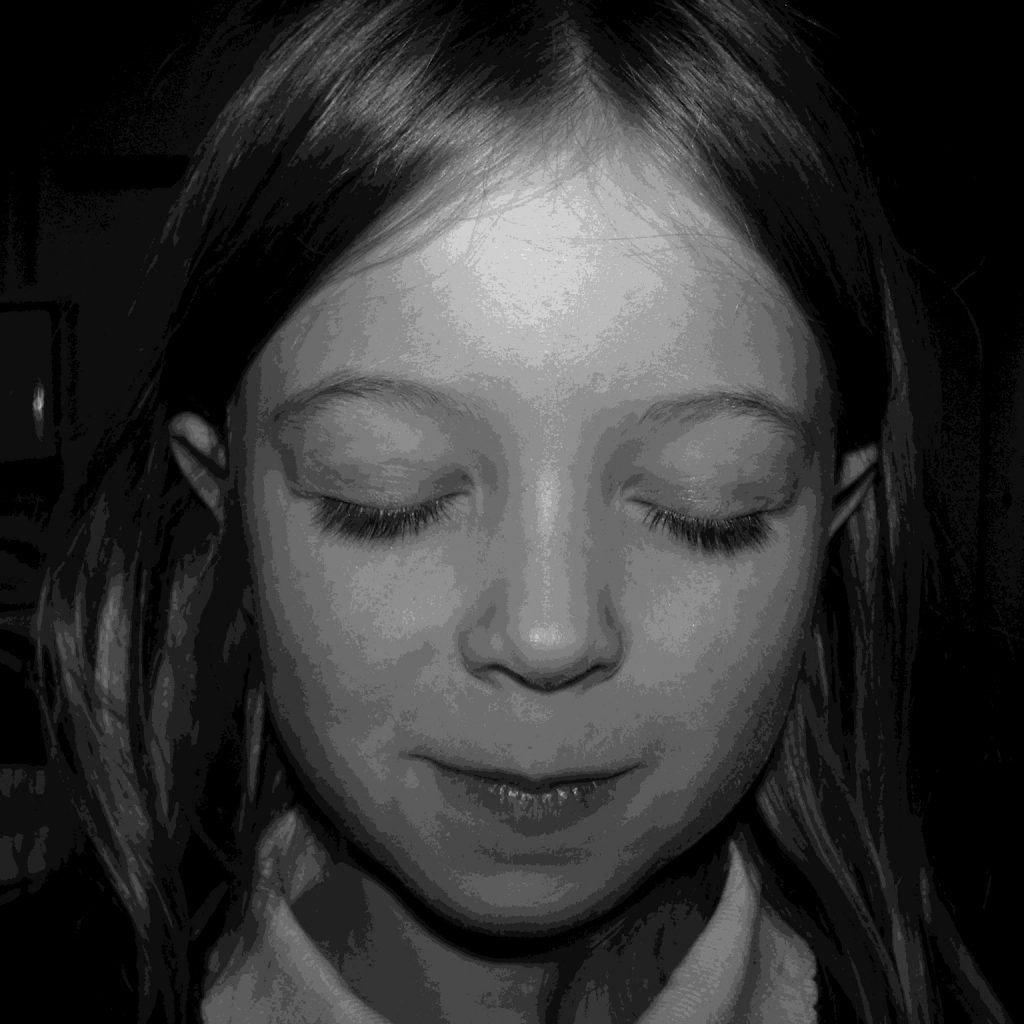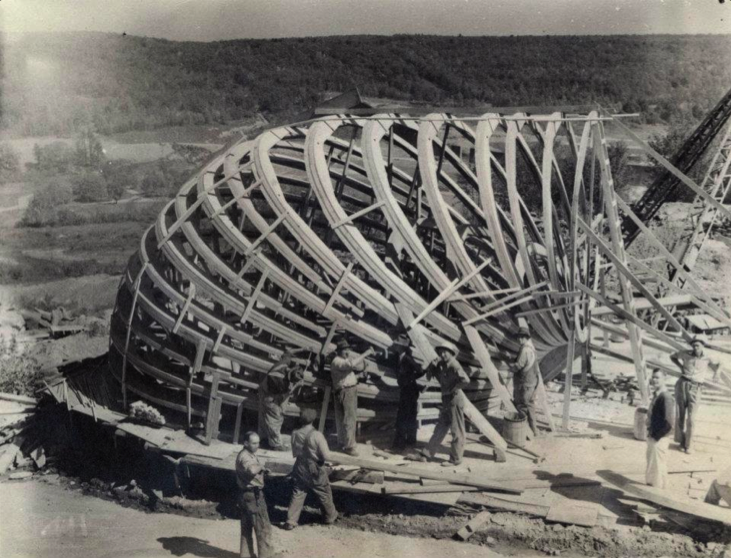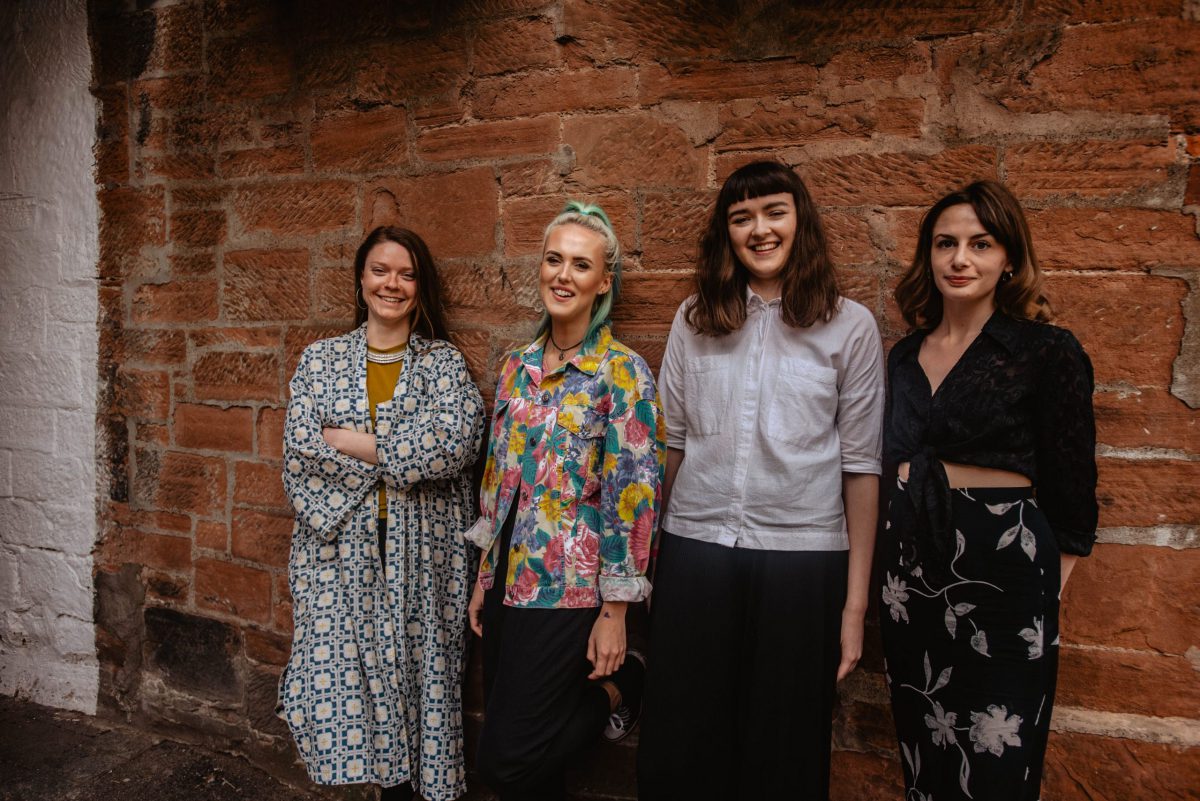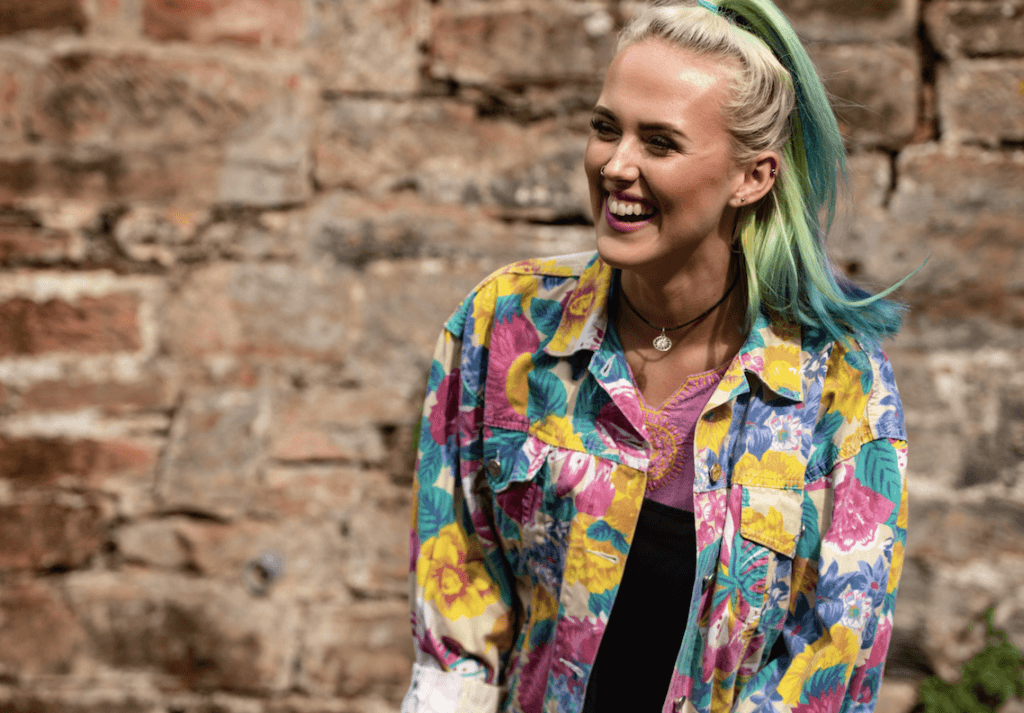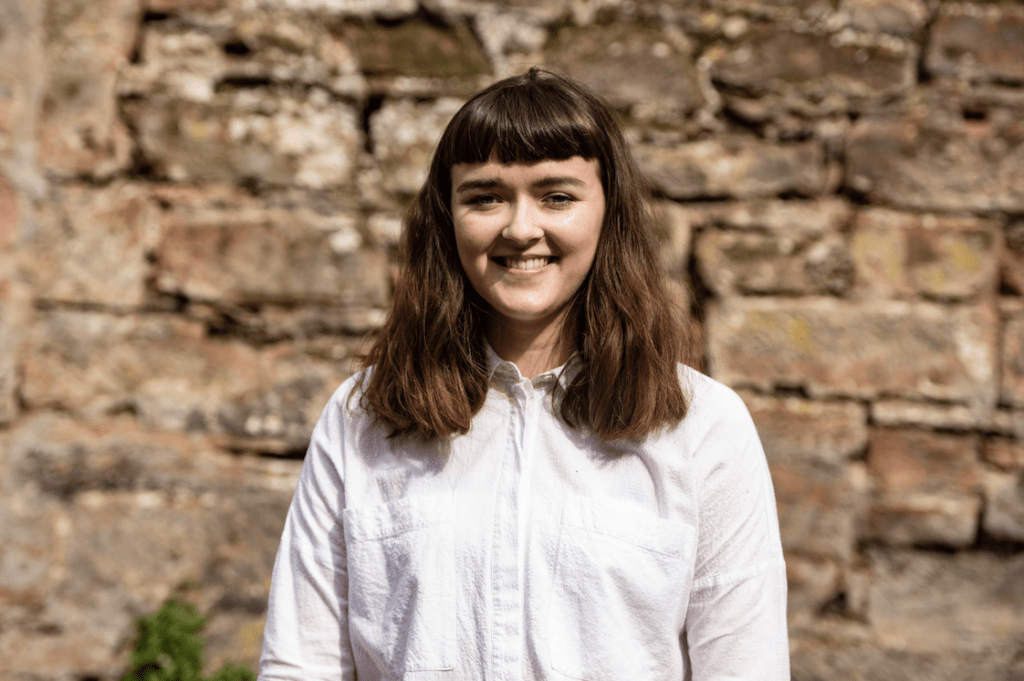Artists and Community Landowners is a collaborative project digging down into the stories of community landownership across Scotland and the impact it has for communities. The Stove is working with Community Land Scotland and 6 collaborating Community Trusts to explore stories of “ownership” and the effect it has had for local people, their identity, decision-making and the economic and social benefits for their community.
Virginia is working directly with Urras Oighreachd Ghabhsainn – Galson Estate Trust – on the Isle of Lewis. As a maker with a strong conversational aspect to her work, collaborative engagement underpins Virginia’s practice.
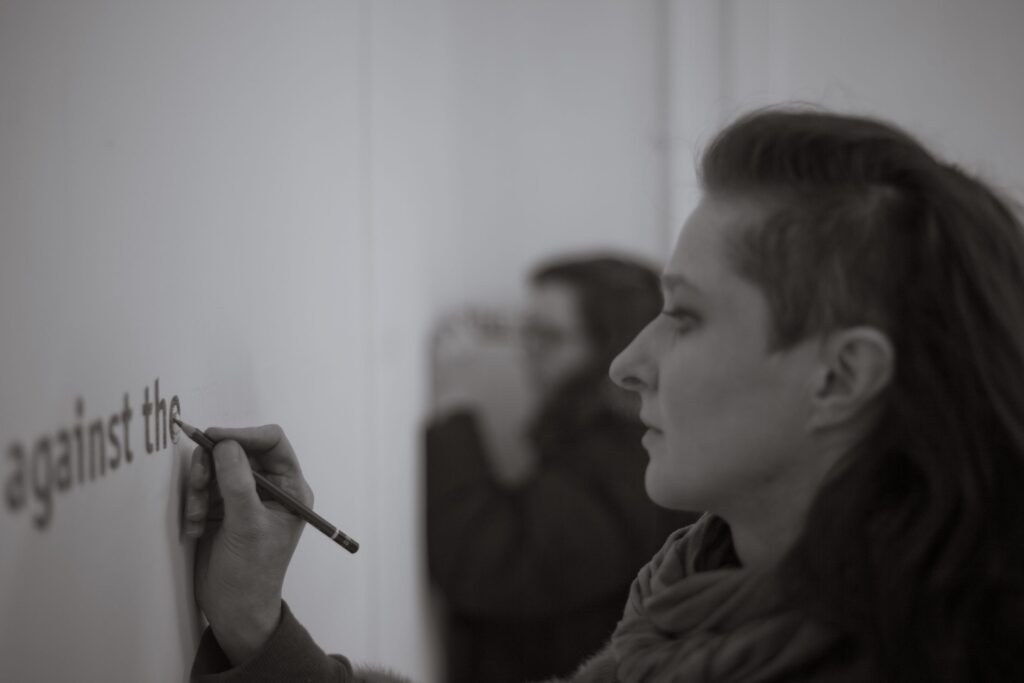
Can you briefly explain your practice?
Evolving around conversation my practice is broadly participatory and exists within an environment of social engagement. Shifting from work that sits within civic spaces to work within education, questions of how stimulus from works of art and architecture can affect memory and learning is central to this. Where and how we respond to works of art also affect our perceptions of ownership, the legacy of any particular artwork and the authorship of new narratives associated with it. With the processes involved in artistic production and presentation in mind what can be learned from how we engage with artistic practices? What happens when the roles of artist, object and viewer shift and how can we challenge the processes we have in place for critique and evaluation?
How are you approaching the commission?
Embarking on this commission during a global pandemic and the issues this presents in terms of how and where we communicate with each other is central to how I have chosen to approach this project. Taking the object as a point of departure for new narratives I am creating a series of cast bronze ‘talking objects’ that will become way-markers around the Galson estate – points where we might stop and reflect or navigate to another area. Embedded within the bronzed peats are QR codes – digital codes that when scanned will direct the listener to an audio archive on the Urras website. As a dynamic link the archive can develop alongside the walks and talks. As the archive grows the community will have the opportunity to site the way-markers permanently or to take them for a walk. As hand sized objects they are able travel to around the island – or mainland, contributing to other narratives around the country.
What excites you about the project?
I’m really delighted to be working with such an engaged community such as the Galson Estate and to learn first-hand how radical land ownership has helped to develop the Estate socially, culturally and economically. Ideas of ownership are central to my own work and I’m excited to see how the project is shaped by the community.
How has the process been so far? Anything unexpected?
It has of course been challenging in terms of how we engage with each other but it has allowed the objects breathing space to develop and for us to experiment with digital archiving processes.
Has covid-19 affected your work with the community?
Expanding on my answer to question above – it is of course very hard to conduct interviews or community engagement when restrictions keep changing and when folk may live in different boroughs. Having a period in which experimentation and object production takes place is providing a buffer to this. It is also allowing the project to evolve in response to new COVID developments and allowing us to come up with solutions to community engagement.

